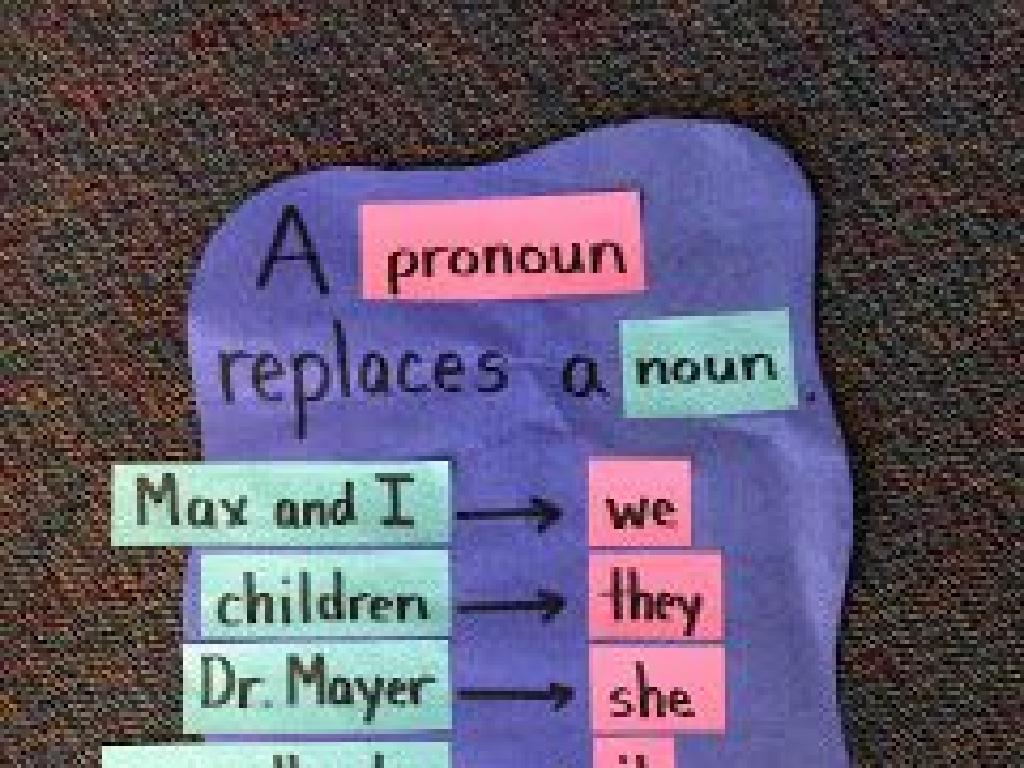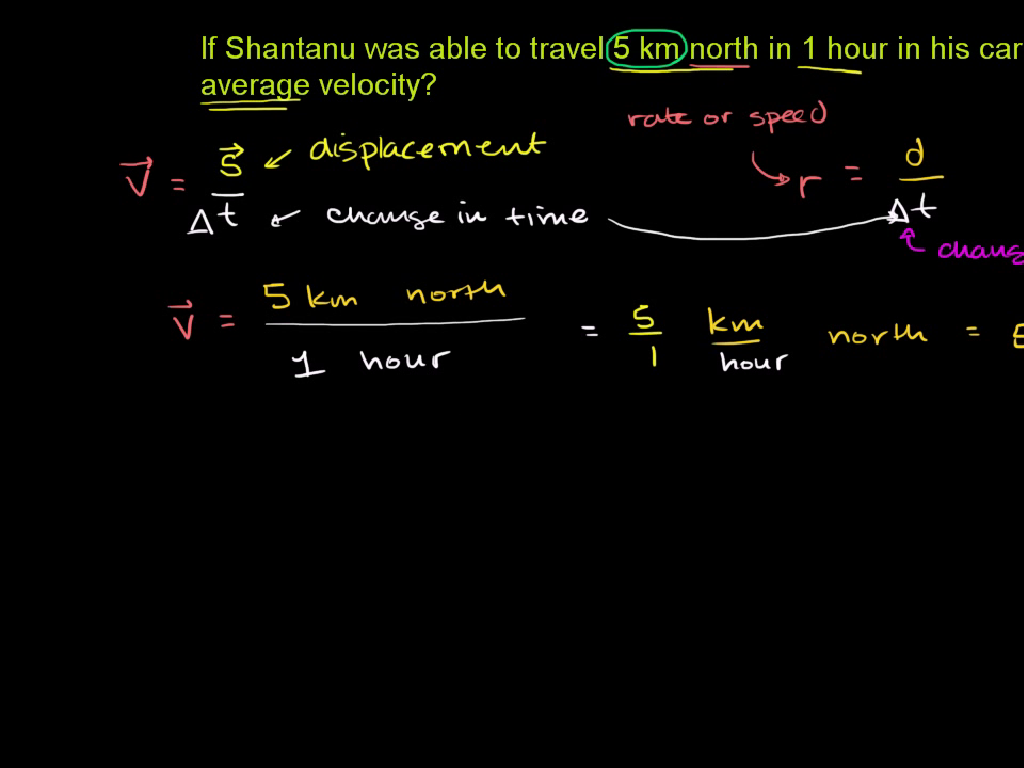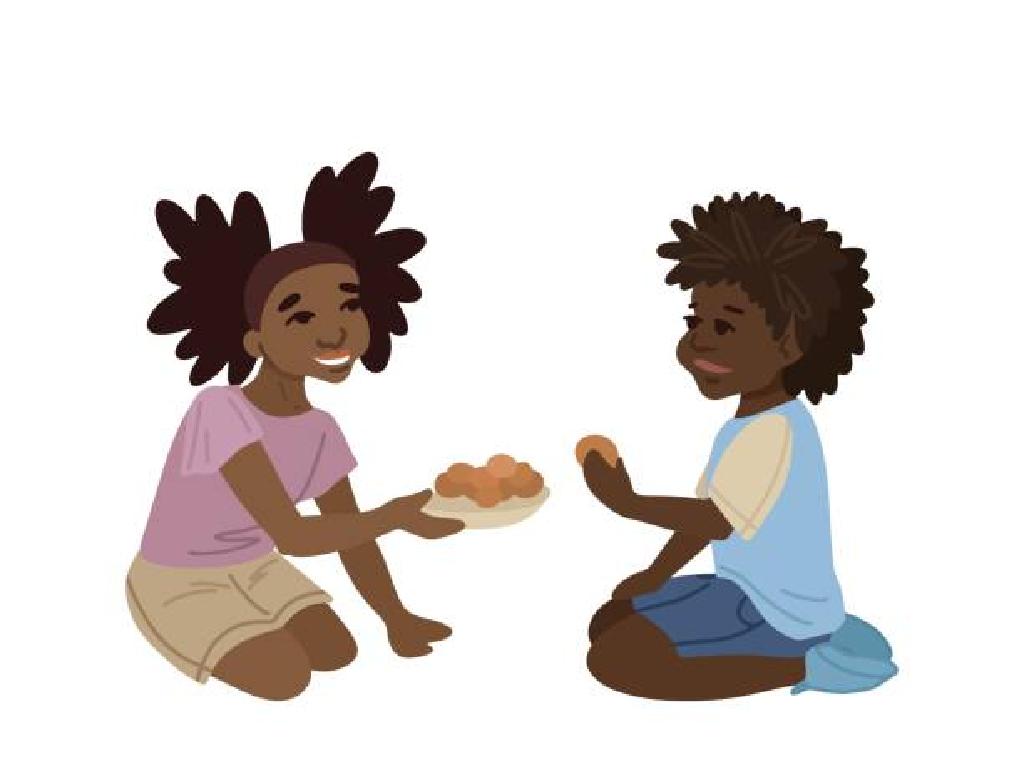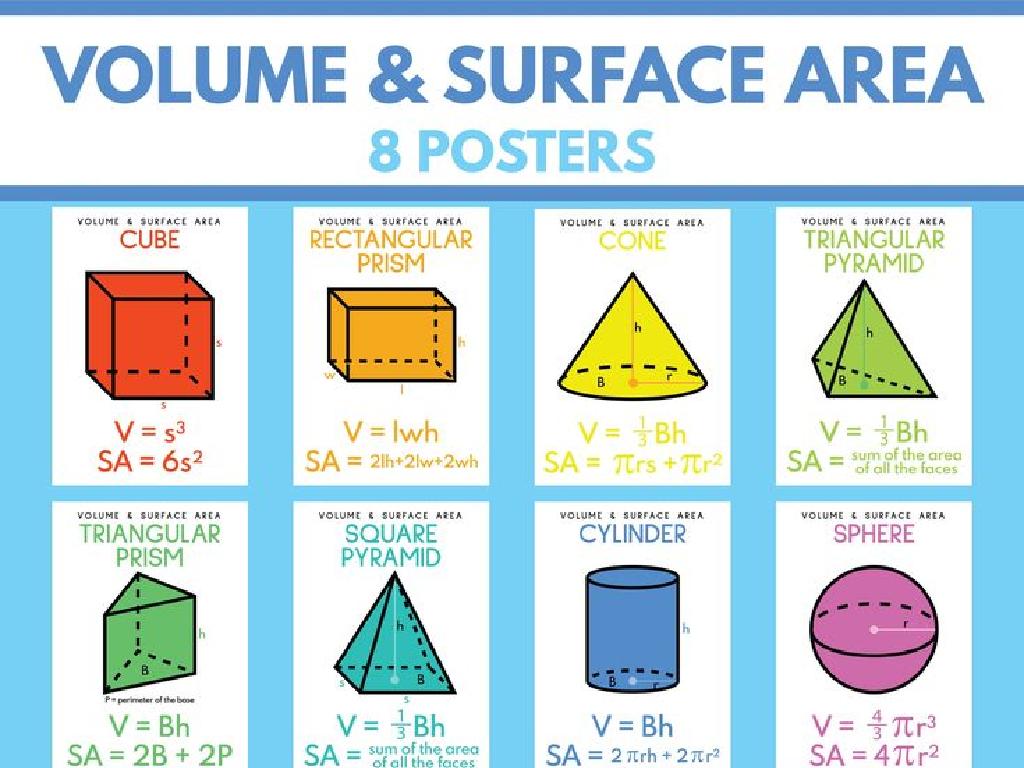Identify Repeated Addition For Arrays - Sums To 25
Subject: Math
Grade: Second grade
Topic: Repeated Addition
Summary: Discover how repeated addition makes counting simple for second graders by using arrays-visual layouts of objects in rows and columns. This engaging math lesson connects real-life examples like egg cartons to the concept, helping students find efficient ways to add groups up to 25. Through interactive activities, games, and hands-on practice, students will build foundational skills for multiplication using repeated addition. Perfect for strengthening early math understanding.
Please LOG IN to download the presentation. Access is available to registered users only.
View More Content
Welcome to Repeated Addition!
– Greetings and Introduction to Repeated Addition
– Understanding Repeated Addition
– It’s like adding the same number over and over!
– Counting Faster with Repeated Addition
– Instead of counting one by one, we add groups of numbers quickly.
– Practice Adding up to 25
– Let’s try adding 5 five times to make 25 together!
|
This slide is designed to introduce second-grade students to the concept of repeated addition as a foundational skill in mathematics. Begin with a warm greeting to make the students feel comfortable. Explain that repeated addition is simply adding the same number multiple times, which is a precursor to multiplication. Emphasize how repeated addition can make counting more efficient, especially when dealing with larger quantities. Engage the students with an example, such as adding the number 5 repeatedly to reach a sum of 25, to demonstrate how it speeds up the counting process. Encourage the students to think of repeated addition as a faster way to add and prepare them for the upcoming activities where they will practice this skill with various numbers that sum up to 25.
Understanding Arrays in Math
– What is an Array?
– An array is a way to display objects in rows and columns.
– Arrays in daily life
– Like seats in a theater or a carton of eggs.
– Exploring Rows and Columns
– Rows go left to right; columns go up and down.
– Practice with Arrays
|
This slide introduces the concept of arrays, which are an arrangement of objects, numbers, or symbols in rows and columns. Arrays are a visual way to represent and organize information and are particularly useful in understanding repeated addition. Show students how arrays appear in everyday life, such as seating arrangements or egg cartons, to help them relate to the concept. Explain that rows are horizontal and columns are vertical. For practice, have students create their own arrays using items like stickers or counters, ensuring the total does not exceed 25. This will help them visualize the concept of repeated addition and prepare them for more complex multiplication.
Repeated Addition with Arrays
– Arrays help us add the same number
– Example: 3 rows of 5 apples
– Imagine 3 lines, each with 5 apples in a group
– Add like this: 3 + 3 + 3 + 3 + 3
– We’re adding 3 apples 5 times
– Total is 15 apples
|
This slide introduces the concept of using arrays to perform repeated addition, which is a foundational skill in understanding multiplication. Arrays are a visual representation that helps students see the concept of repeated addition. For example, if we have 3 rows of 5 apples, we can add the number of apples in each row together: 3 apples + 3 apples + 3 apples + 3 apples + 3 apples equals 15 apples. This visual and practical approach helps students grasp the idea of adding the same number multiple times. Encourage students to draw their own arrays with different numbers and practice adding them up to reinforce the concept.
Practice Time: Repeated Addition with Arrays
– Example: 4 rows of 4 stars
– Count stars using repeated addition
– Add the number in each row, one row at a time
– 4 + 4 + 4 + 4 equals 16
– This is like adding 4 four times!
– Practice with sums up to 25
– Find arrays that add up to no more than 25
|
This slide is for a classroom activity where students will practice the concept of repeated addition using arrays. Start with the provided example of an array with 4 rows of 4 stars each. Demonstrate how to count the total number of stars by repeatedly adding the number of stars in each row. Emphasize that repeated addition is a way to add the same number several times. After explaining the example, encourage students to create their own arrays with different numbers of rows and items that sum up to 25 or less. This will help them understand the concept of repeated addition as a foundation for multiplication. Provide guidance and support as they work through their examples.
Your Turn: Create and Add Arrays!
– Make your own array using objects
– Use repeated addition for the total
– Add the same number for each row or column
– Share your array with classmates
– Ensure sum does not exceed 25
– Count carefully to keep the total ≤ 25
|
This slide prompts students to apply their understanding of arrays and repeated addition by creating their own arrays with any objects they like, such as stickers or blocks. They should arrange these objects in rows and columns, then use repeated addition to find the total number of objects. Encourage creativity but remind them to keep the sum to 25 or less. After they’ve calculated their total, they’ll present their array to the class, explaining their counting process. For the teacher: Prepare to assist students who may struggle with the concept of arrays or repeated addition. Have some examples ready to show and consider pairing students for collaborative learning. Possible activities could include using candies, beads, or drawing dots on paper.
Class Activity: Array Bingo!
– Receive your Array Bingo card
– Use repeated addition for sums
– Add numbers in the array repeatedly until you reach a sum
– Complete a row to win
– Shout ‘Bingo!’ when you win
|
In this engaging class activity, students will practice identifying repeated addition through a game of Array Bingo. Each student will receive a Bingo card filled with arrays. They must use repeated addition to find the sums of these arrays, ensuring they do not exceed 25. The first student to complete a row on their card must shout ‘Bingo!’ to win. For the teacher: Prepare Array Bingo cards with different arrays that sum up to 25 or less. Monitor the students as they work through their arrays to ensure they understand the concept of repeated addition. Be ready to assist any student who is struggling. Possible variations of the activity could include having students complete a column or diagonal, or even filling their entire card. This activity will reinforce the concept of repeated addition and provide a fun and interactive way for students to practice their math skills.
Wrapping Up: Repeated Addition & Arrays
– Review: Repeated Addition
– Repeated addition is adding the same number over and over.
– Arrays help us count quickly
– Like rows of seats or egg cartons, arrays organize counting.
– Why it’s important to learn
– It’s a building block for multiplication.
– Stickers for participation!
|
As we conclude, recap the concept of repeated addition and how it relates to arrays, emphasizing that arrays are a visual way to represent repeated addition. Highlight the importance of understanding this concept as a foundation for future math skills, such as multiplication. Congratulate the students on their hard work and understanding by handing out participation stickers, which will serve as a positive reinforcement and encourage their continued engagement and enthusiasm in learning math.





